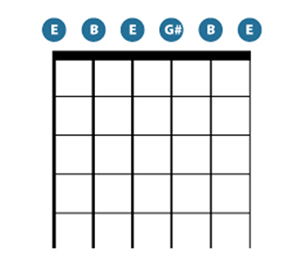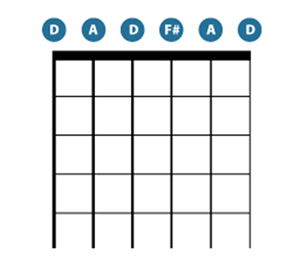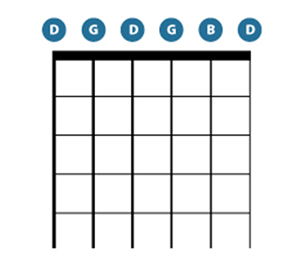Open Tunings for Slide Guitar
Open E Tuning
Open E tuning as the name implies is an open tuning, meaning all 6 strings can be played open to form a chord (e) or barred to form other chord shapes, for example using a capo on the second fret if tuned to Open D becomes Open E tuning. Due to this versatility it is ideal for slide guitar and has been employed by many of the great slide guitarists such as Duane Allman, Derek Trucks, Joe Walsh and Ry Cooder.
The notes from lowest to highest are: E | B | E | G# | B | E When tuning from a standard tuning it's relatively easy and involves just three strings being adjusted.
When tuning from a standard tuning it's relatively easy and involves just three strings being adjusted.
Low E remains the same
A changes to become a B (7th fret on E string as reference point).
Next tune your D string up to E (Use your Low E as a reference point).
Next your G string needs to be sharpened to G#.
Remaining strings (E and B remain the same).
It's a very easy tuning to play in and has a number of similarities to open D tuning as far as tone intervals.
Open D Tuning
Open D tuning is fairly simple when coming from a standard tuning. The strings from lowest to highest are: D | A | D | F♯ | A | D Simply adjust your Low E to D using your D string as a reference.Leave your A string untouched.Leave your D string untouched.
Simply adjust your Low E to D using your D string as a reference.Leave your A string untouched.Leave your D string untouched.
Adjust your G string to F#
Adjust your B string to A
Adjust your high E string to D
Open G Tuning
Open G tuning requires a little more adjustment than open a or drop d tuning. From lowest to highest the notes that make up one G tuning are: D | G | D | G | B | D First adjust your low E string to D using your D string as a reference.Next Adjust your A string to G using your G string as a reference.
First adjust your low E string to D using your D string as a reference.Next Adjust your A string to G using your G string as a reference.
Finally adjust your high E string to D using your recently tuned LOW E (now D) to D.